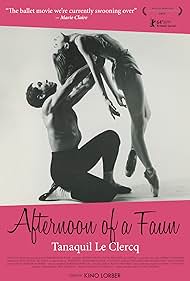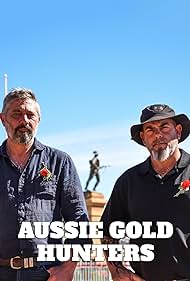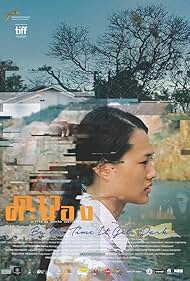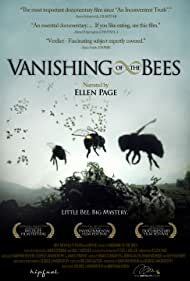Afternoon of a Faun: Tanaquil Le Clercq Soundtrack (2013)

Buy on Amazon Play and download Soundtracks
Afternoon of a Faun: Tanaquil Le Clercq
Synopsis
Of all the great ballerinas, Tanaquil Le Clercq may have been the most transcendent. With a body unlike any before hers, she mesmerized viewers and choreographers alike - her elongated, race-horse physique became the new prototype for the great George Balanchine. Her unique style, humor and authenticity redefined ballet for all dancers who followed. Amazingly, she was the muse to not one great artist but two; both George Balanchine and Jerome Robbins loved her as a dancer and a woman. Balanchine married her and Robbins created his famous version of Afternoon of a Faun for Tanny. Tanaquil Le Clercq was the foremost dancer of her day until it suddenly all stopped. On a tour of Europe, she was struck down by polio and paralyzed. She never danced again.
Download and play the Soundtrack list
| Play | Title | Artist |
|---|---|---|
|
Afternoon of a Faun: Tanaquil Le Clercq
|
||
|
Prelude to Afternoon of a Faun, L. 86
|
Claude Debussy:
Composed
|
|
|
Symphony In C Major: II. Adagio
|
||
|
Arabesque #1 Piano Solo, L. 66
|
Claude Debussy:
Composed
|
|
|
La Valse
|
||
|
Concerto in D minor for Two Violins, BWV 1043
|
Johann Sebastian Bach:
Composed
|
|
|
Il Signor Bruschino, Overture
|
Gioachino Rossini:
Composed
|
|
|
Bourrée Fantasque
|
||
|
The Nutcracker, Op. 71a, Pas de Deux, Dance of the Prince and the Sugar-Plum Fairy
|
||
|
A Midsummer Night's Dream, Notturno, Op.61 No.3
|
Felix Mendelssohn Bartholdy:
Composed
|
|
|
The Nutcracker, Op. 71a, No. 14a, Pas de Deux, Intrada
|
Pyotr Ilyich Tchaikovsky:
Composed
|
|
|
String Quartet No.7 In F Minor II, Adagio Ma Non Troppo
|
Gaetano Donizetti:
Composed
|
|
|
Western Symphony IV, Rondo, Finale
|
||
|
Creole Giselle
|
Adolphe Adam:
Composed
|
|
|
The Girl with the Flaxen Hair
|
||
|
Giselle, Act I - Loys seul, Entree de Giselle
|
||
|
Agon, Pas-de-Deux
|
||
|
Suite Bergamasque, 3. Clair de Lune
|
Claude Debussy:
Composed
|
|
|
Don Quixote
|
Nicolas Nabokov:
Composer
|
|













